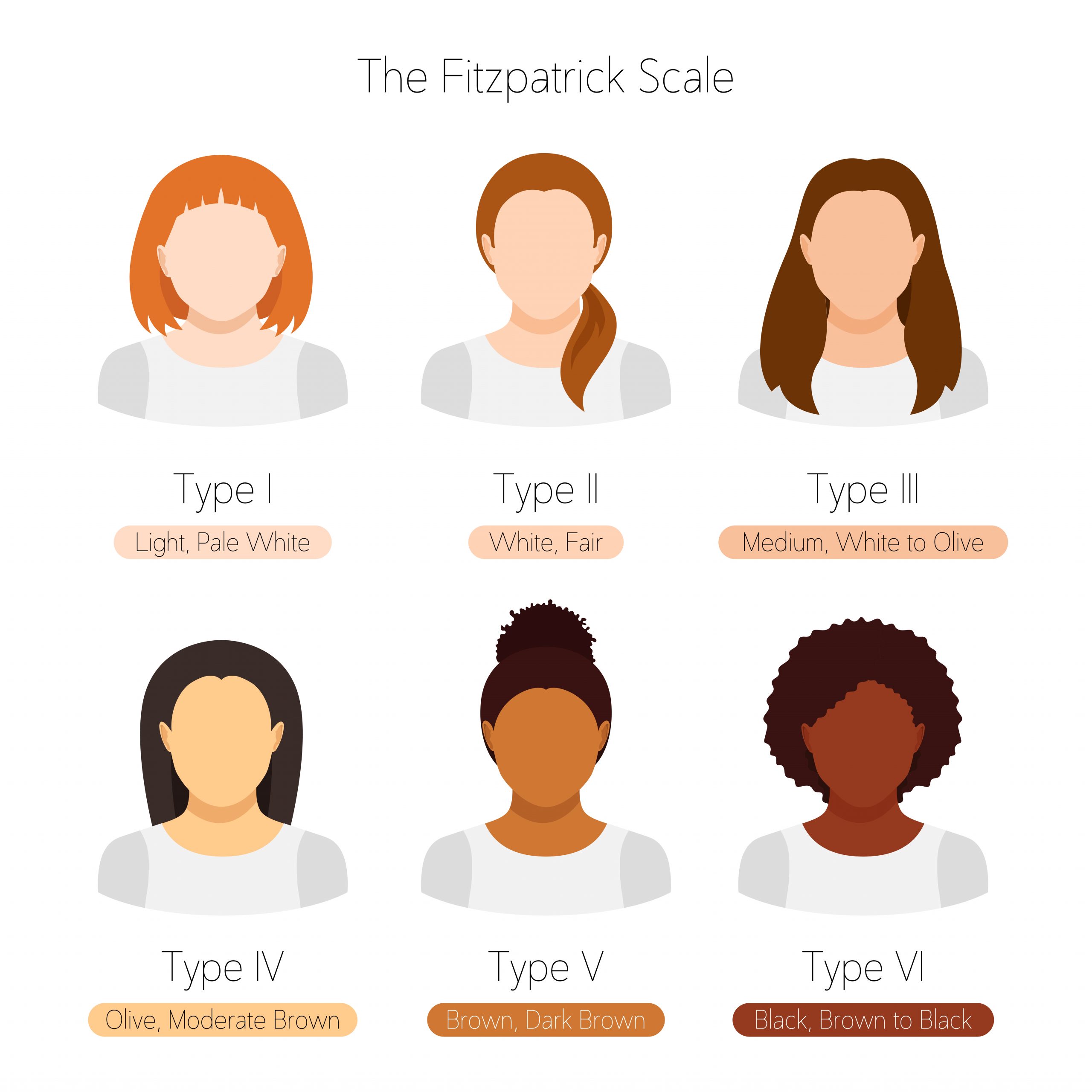Patch Testing: What It Involves & Why It’s Done
As mentioned, there are lasers suitable for use on higher Fitzpatrick type skin. However, with the aid of brightening cream and the patch test, it may be possible for patients of darker skin tones to undergo laser and light procedures traditionally considered ideal for lighter skin tones. If the patch test is positive, your master esthetician will likely decide the procedure is not suitable for you.
Preparation
If you and your master esthetician decide to move forward with a laser patch test protocol, they will likely have one of our physicians prescribe our prescription strength brightening cream. This cream—used for several weeks before the actual procedure—helps temporarily deactivate melanin production. This does not change your skin color when applied topically at the prescribed dosage.
Along with brightening cream, your master esthetician will advise that you cease retinol usage and similar products. You should and can continue a basic skincare routine as well as wearing SPF.
Patients who are a lower Fitzpatrick type can—and sometimes should—undergo a patch test. Brightening cream is usually not part of the preparation regimen in these cases. Though, you may need to quit using certain medications (if possible) or get physician clearance.
Patch Test Appointment
After four weeks of brightening cream or otherwise following the preparation routine, you will come in for a patch test appointment. The patch test area should be free of makeup and shaved. After cleaning and disinfecting the area, your master esthetician will administer a pulse of the laser to the patch test area. If wanting to undergo a laser procedure on the face, the patch test area is generally behind the ear.
Afterward, your master esthetician will examine your skin’s immediate result to the patch test. It is normal for some redness and irritation to occur, but if anything abnormal occurs immediately, this is easy to identify a positive result. Though, unless severe, they may still want to monitor the patch area over the next two weeks.
Monitoring & Evaluation
In the coming two weeks, you will monitor the patch. Your master esthetician will provide instructions on what to look for. After about two weeks, your master esthetician will call you to discuss the results of the patch test. They may also request you upload pictures so they can evaluate them as well.
If you receive a negative result, you will continue to use brightening cream and can schedule your laser session. Though, if the result is positive, you are likely not a candidate for the specific laser or light treatment patch tested.


